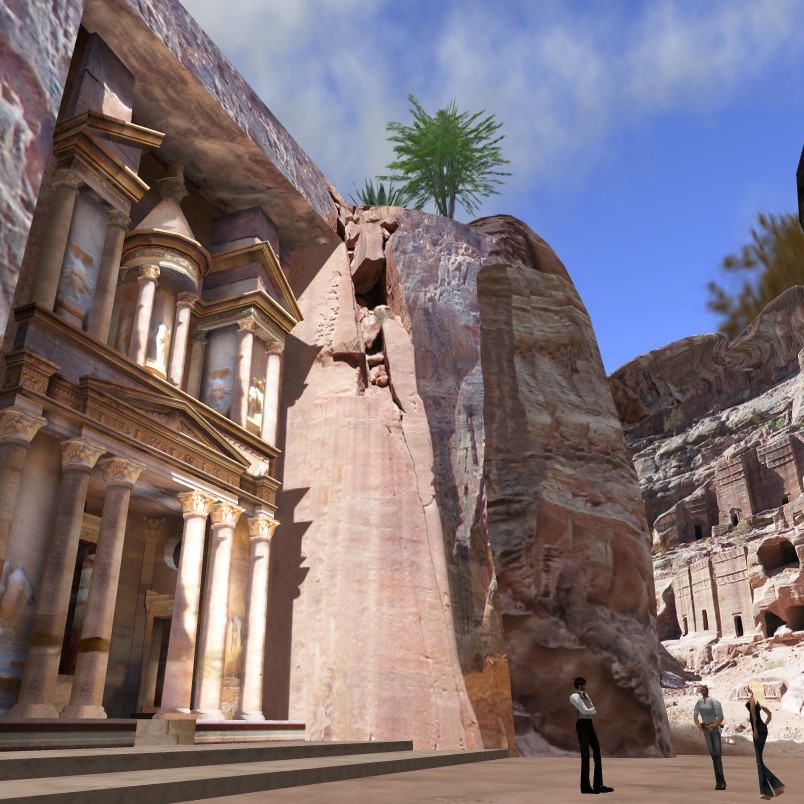Impacts of VR
Since the revival of VR, the impact on our world has been massive. The change in technological development over the past decade has made VR accessible and inexpensive for a wider audience and for several types of scenarios. Even though many of us might not be aware of the VR’s presence in our everyday life, essentially it functions as a tool to helps us with different tasks.
Healthcare
Surgery
A recent example that reflects the everyday use and possibilities of VR can be seen through the four-month-old baby who was born with a serious heart condition. The traditional 2D images of the baby’s heart lacked details and she was deemed inoperable by experts. However, with the use of Google Cardboard VR headset, the doctors could create a 3D image of her heart in detail and they planned the surgery in advance. Subsequently, they were successful in performing the surgery.
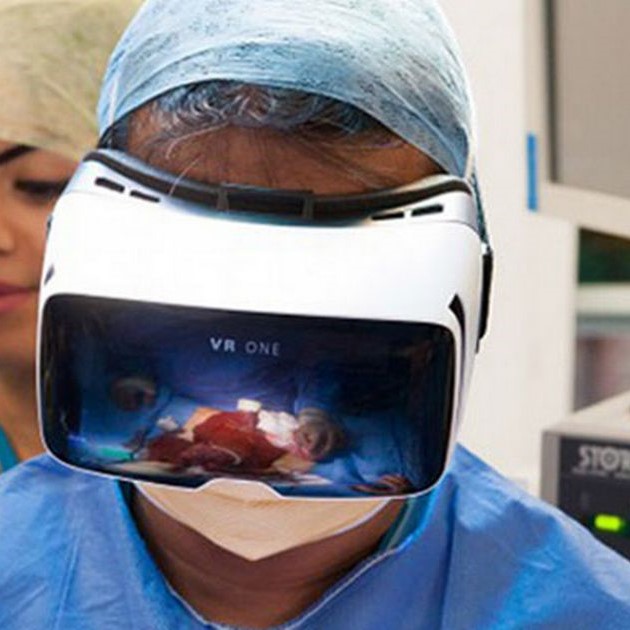
Healthcare
Phobia and PTSD
Another use of VR would be in therapeutic treatments by clinics. Approximately 83% of the patients who used VR to treat their spider phobia faced significant improvements, and none of the patients opted out from the treatment. Moreover, companies such as Bravemind used VR-based exposure therapy to evaluate and treat soldiers with post-traumatic stress disorder (PTSD).
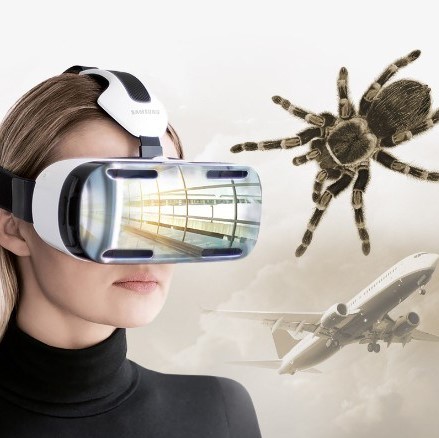
Education
Google Expedition
One of the biggest technological and social impact VR in the educational area is Google Expeditions. Expeditions are a form of educational tool that enables students from across the world to go on different virtual trips. With the help of VR technology, a class of 30 students can either swim with sharks, visit the Burj Khalifa, or explore the deep vast space. According to Google, a million students have already gone on such expedition. With the help of these innovations, the geographical boundaries to education are minimized. The students now can visit the pyramids from their current location as opposed to reading about them on encyclopedias.
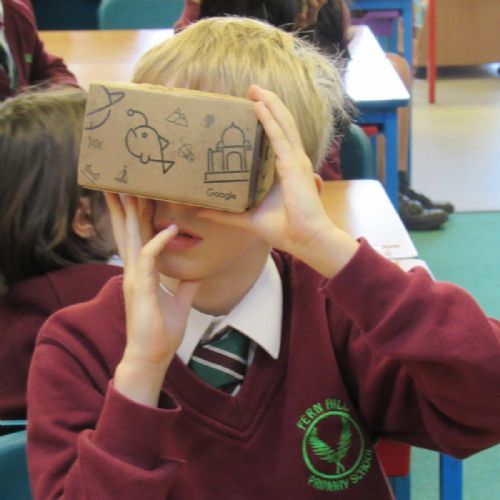
Military
Combat Environment
Even the militaries are also using VR. In such a military environment, VR enables combat simulations. Combat training, which traditionally has been very costly and time consuming, can now be individually tailored for different purposes while mitigating the potential risks of physical injuries while doing it. Another example of how VR is used in a military context is through maintenance tasks. An operator can practice taking a vehicle apart and putting it back together within VR. This can remove the risk of wearing down parts or losing them during the process.
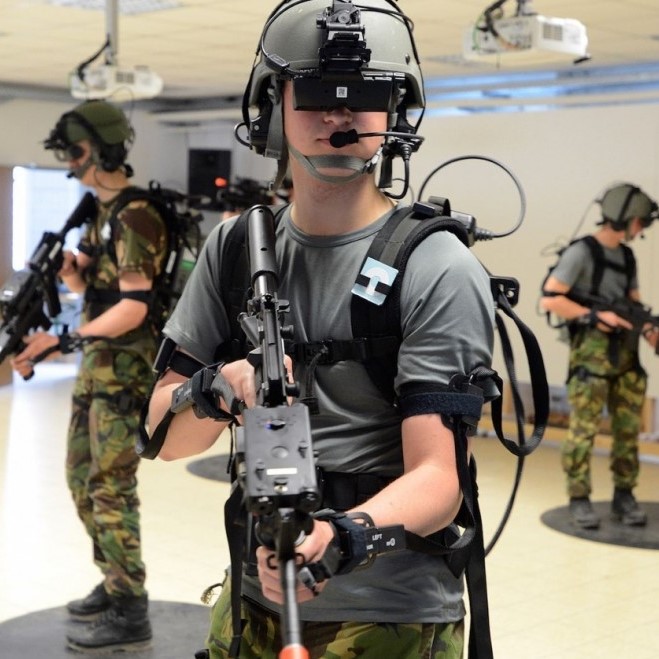
Architecture
Tailoring to Client's Needs
The use of VR in architecture enables users to have an immersive experience where they can examine the homes and office buildings prior to their construction. Moreover, the designers can quickly tailor to the client’s needs should their request change. The use of such technology can be seen in Starbucks. Click here to find out more!

Cultural Heritage
Preservation
Another use of VR would be in cultural heritage, where cultural assets can be digitally preserved and restored. Furthermore, countries such as Japan leveraged on VR by providing footages of interior structures where such places that are closed to public. This enables the government to preserve culturally significant sites while mitigating the potential deteriorations.
